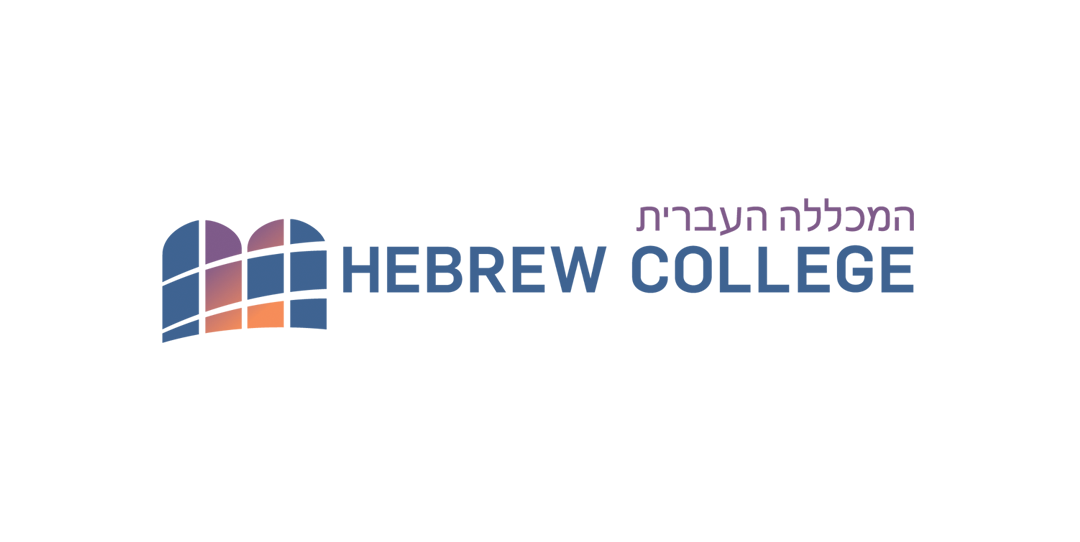Community Blog Give Me Hevruta or Give Me Death

“O Hevruta, O mituta, Give me Hevruta or give me death.” — Babylonian Talmud Ta’anit 23a
For the past six years I have been blessed to learn from and with a compelling and caring colleague, friend, mentor and study-partner (“hevruta”). The Rev. Nick Carter, who just last week retired after 10 years as president of Andover Newton Theological School, taught me a great deal about religious leadership, institutional vision and creating a culture of collaboration.
Nick is a strategic thinker and a deeply religious person whose theological commitments call him to pray and act for social justice and the common good. One of the profound ideas that Nick articulated was the need to think carefully about the theology of institutions. How do the structures and content of our institutional cultures embody the theological values and visions that are central to our religious communities? I ponder this question often, and I am indebted to Nick for posing it continuously with such clarity and passion.
Every week during the school year we would meet at 8 on Tuesday mornings to study our sacred scriptures. We explored books from the Hebrew Bible as well as the New Testament as we shared our religious traditions, personal insights and interpretations, as well as our spiritual struggles. Along the way, we spoke about institutional challenges, opportunities and joint ventures.
How could we imbed the quest for interreligious understanding into the very mission of our schools? How would we include Muslim voices in our educational programs for interreligious leadership? How could we become a “beloved community” on our shared hill, rooted in the distinctive religious traditions that gave our lives particular texture and meaning while encountering the religious “other” through an intense, intentional and introspective partnership?
Immediately following our learning session, we recorded our interreligious conversations, fondly called, “The Rev and the Rav.” The topics were drawn from our religious calendars and liturgical themes. We rarely needed to prepare since our public conversations were extensions of our private study together. The dialogue flowed naturally; we probed each other’s religious lives with a combination of curiosity and compassion.
Rabbah b. Hanah said: Why are the words of the Torah likened to fire, as it is said, “Is not my word like fire?” saith the Lord? (Jeremiah 23:29)
This is to teach you that just as fire does not ignite of itself, so too the words of the Torah do not endure with him who studies alone. (Babylonian Talmud Ta’anit, 7a)
Our hevruta, our study partnership, ignited a fire within me that has warmed my heart and sparked my soul. I will miss my hevruta, Nick Carter, as he enjoys his retirement in North Carolina, but my life has been greatly enriched by learning with and from this inspirational and institutional religious leader.
Shalom Uvracha, Peace and Blessing.

